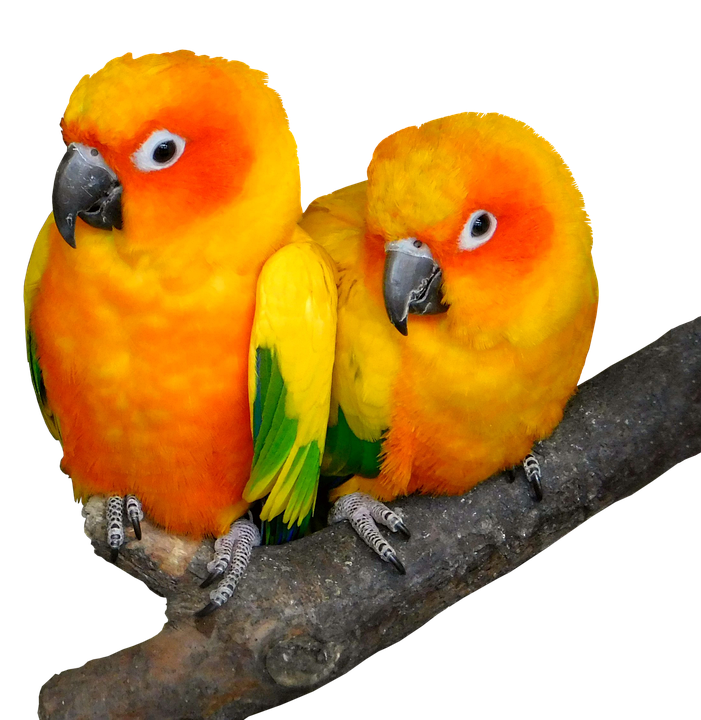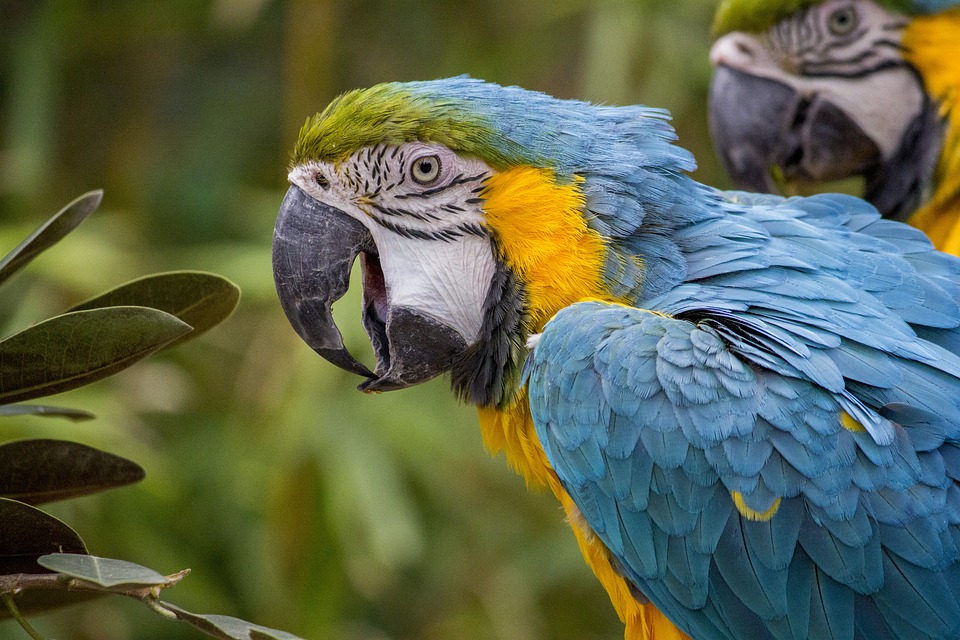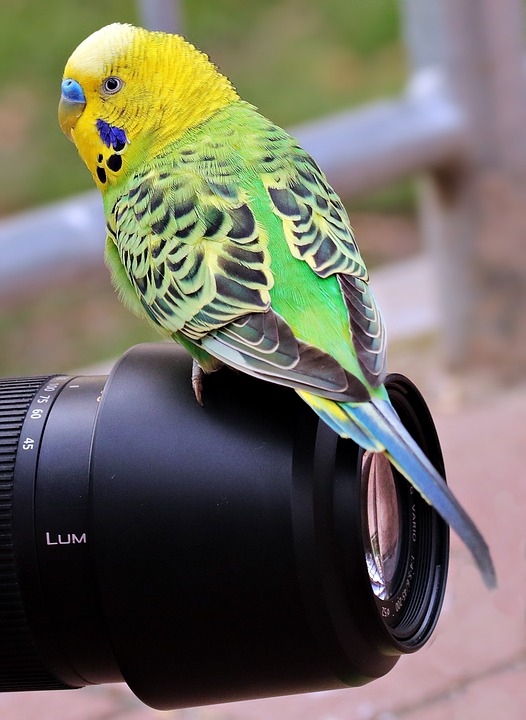Parrots are highly intelligent creatures that can be trained to perform a variety of tricks and behaviors. However, just like humans, they can sometimes experience fear or hesitation during training sessions. It is crucial for parrot owners to understand how to address these emotions effectively while using positive reinforcement techniques. In this article, we will explore the importance of positive reinforcement and provide guidance on how to use it to overcome fear or hesitation during parrot training.
Understanding the Importance of Positive Reinforcement
Positive reinforcement is a training method that rewards desired behaviors with something the parrot finds rewarding, such as treats, praise, or attention. It helps create a positive association between the behavior and the reward, making the parrot more likely to repeat it. Positive reinforcement is essential during parrot training as it builds trust, strengthens the bond between the owner and the parrot, and encourages desired behaviors.
Recognizing Fear or Hesitation in Parrots
Parrots may display signs of fear or hesitation during training, such as fluffing their feathers, vocalizing distress calls, biting, or attempting to fly away. It is crucial to identify these signs to prevent further stress or trauma to the parrot. Understanding your parrot’s body language and behavior will help you address their fears effectively.
Steps to Address Fear or Hesitation During Training
Creating a Safe Environment
Creating a safe and comfortable training environment is vital to alleviate fear or hesitation in parrots. Ensure that the training area is free from potential distractions, loud noises, or sudden movements. Let the parrot have a designated training perch or area where they feel secure and can focus on the training session.
Gradual Exposure and Desensitization
If your parrot shows fear or hesitation toward a specific training prop or behavior, it is essential to introduce it gradually. Start by placing the prop at a distance and reward the parrot for calm behavior. Gradually decrease the distance between the parrot and the prop, providing positive reinforcement at each step. This process of gradual exposure and desensitization helps the parrot develop confidence and overcome their fear or hesitation.
Using Target Training
Target training is an effective technique to address fear or hesitation in parrots. By using a target stick or your hand as a target, you can guide the parrot to perform desired behaviors. Start by rewarding the parrot for merely touching the target and gradually shape the behavior you want. Target training helps redirect the parrot’s focus, build trust, and create a positive association with the training process.
Patience and Consistency
Patience and consistency are key when addressing fear or hesitation during parrot training. Understand that it may take time for your parrot to overcome their fears fully. Be patient and celebrate small victories along the way. Consistency in training sessions and the use of positive reinforcement will reinforce positive behaviors and help your parrot overcome their hesitations.
Frequently Asked Questions (FAQs)
Q1: Can I punish my parrot for displaying fear or hesitation during training?
A1: No, punishing your parrot for being fearful or hesitant will only increase their stress and damage the trust between you. Instead, focus on using positive reinforcement to encourage desired behaviors.
Q2: How long does it take for a parrot to overcome fear or hesitation during training?
A2: The time it takes for a parrot to overcome fear or hesitation varies for each individual. It depends on their past experiences, temperament, and the training methods used. Patience and consistency are essential during this process.
Q3: Should I ignore my parrot’s fear or hesitation and continue training?
A3: It is crucial to address your parrot’s fears or hesitations rather than ignoring them. Ignoring their emotions may lead to further stress or trauma. Adjust your training approach, create a safe environment, and gradually work on building their confidence.
Q4: Can I use positive reinforcement alone to train my parrot?
A4: Positive reinforcement is highly effective in training parrots. However, it is essential to understand their individual needs and combine it with other training techniques, such as target training, to achieve optimal results.
In conclusion, using positive reinforcement is a powerful tool to address fear or hesitation during parrot training. By creating a safe environment, gradually exposing the parrot to their fears, using target training, and practicing patience and consistency, you can help your parrot overcome their hesitations and build a strong bond based on trust and mutual understanding.









